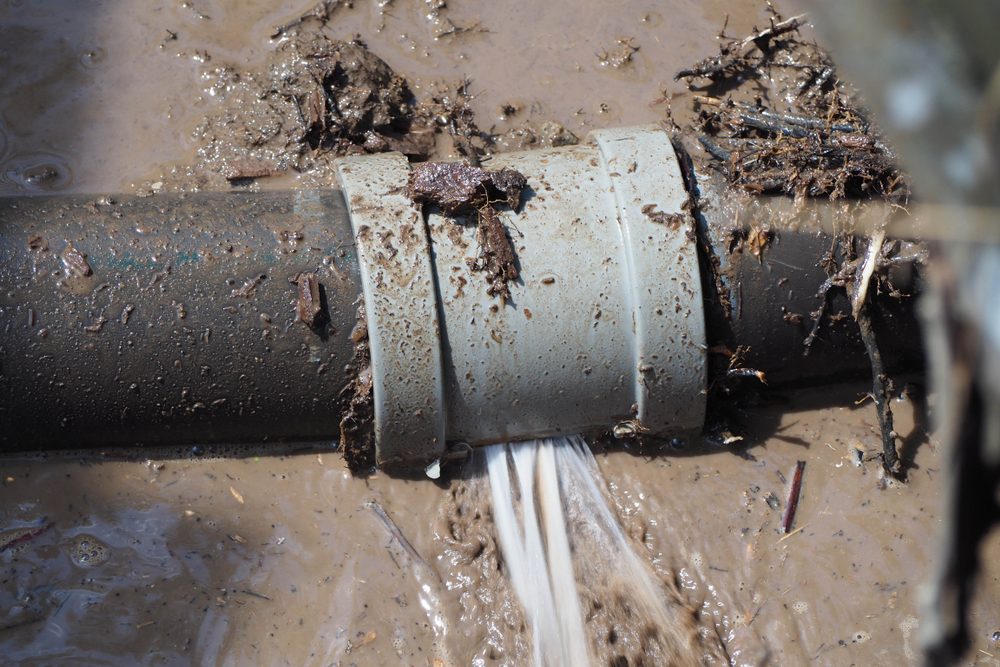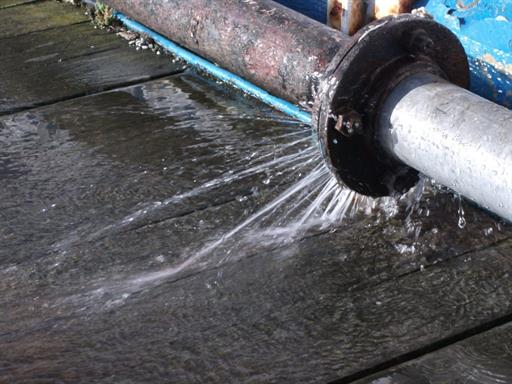Just about everyone has their unique opinion in relation to How to Install and Connect a New Dishwasher.

A burst pipe is a major emergency; you can only stand as you watch water you pay dearly to reunite with the planet. In even worse instances, you see a swimming pool on your cooking area flooring, which is a wonderful journey danger, particularly if you have children around. If the pipeline that ruptured was in your walls, problem: you might need to paint that entire section.
Exactly how can a calamity like a burst pipeline be prevented as well as handled? Well, by paying attention to your specialist emergency plumbing professionals and also adhering to these rules.
How do I know when my pipelines have ruptured?
Fluctuating water pressures
Pipes do not just burst in a day. You might have observed that your kitchen faucet or shower doesn't run immediately when you turn the tap. It might pause for a few seconds and afterwards blast you with more force than typical.
In various other circumstances, the water might appear regular in the beginning, after that decrease in stress after a couple of secs.
Damp wall surfaces and also water discolorations
Prior to a pipeline bursts, it will leak, most times. If this persistent dripping goes undetected, the leak may graduate right into a large tear in your pipe. One easy way to prevent this emergency is to watch out for wet wall surfaces ad water discolorations. These water spots will certainly lead you right to the leakage.
Puddles under pipes as well as sinks
When a pipe bursts, the discharge forms a puddle. It might show up that the pool is expanding in dimension, as well as regardless of the number of times you wipe the puddle, in a couple of minutes, there's one more one waiting to be cleaned. Often, you may not have the ability to trace the pool to any kind of visible pipelines. This is an indicator to call an expert plumber.
Untraceable trickling sounds
Pipe bursts can occur in one of the most undesirable places, like within concrete, inside walls, or under sinks. When the house goes silent, you may have the ability to listen to an aggravatingly persistent dripping noise. Even after you've checked your shower head and kitchen faucet, the dripping might proceed.
Beloved visitor, the leaking may be originating from a pipeline inside your wall surfaces. There isn't much you can do regarding that, except tell a professional plumber.
Shut off the Water
When water freezes, it increases in quantity by about 9 percent. And it expands with remarkable force: The pressure inside pipelines may go from 40 pounds per square inch to 40,000 psi! No pipeline can hold that much stress, so it bursts. The break might happen where the ice forms, yet more frequently, it occurs where water stress finds a weak point in the pipe. That might be inches and even feet from the frozen location. Discover the water shutoff valve and switch off the water to avoid more damages. You may likewise require to shut off the electrical power too, depending on where the leakages occurs as well as just how big it is.
Infected water
Many people presume a ruptured pipeline is a one-way electrical outlet. Quite the contrary. As water flows out of the hole or tear in your plumbing system, impurities find their way in.
Your water might be contaminated from the source, so if you can, check if your water tank has any troubles. Nevertheless, if your alcohol consumption water is supplied as well as cleansed by the local government, you should call your plumber promptly if you see or scent anything funny in your water.
What do I do when I spot a ruptured pipe?
Your water meter will remain to run even while your water wastes. To lessen your losses, find the major controls and turn the supply off. The water mains are an above-ground structure beside your building.
How to Fix & Detect a Leaking Pipe
How Do I Know if a Pipe is Leaking?
Leak detection tests can help you determine if your pipe has a leak. Even if you don’t see an apparent leak, you should still conduct leak detection tests regularly to save water and money—and prevent major damage to your home.
- Water meter. It can be helpful to figure out what your usual water meter usage numbers are and then monitor them regularly. To monitor your meter, first, turn off all water faucets in your home. Check the meter and write down the numbers. In a few hours, check the meter again. If the numbers have changed, you have a leak.
- Water gauge. Use a water gauge to test your water pressure. Your showerhead should produce a certain amount of water pressure based on its model and design. If the pressure is lower than it is supposed to be for that specific showerhead, your home likely has a leak.
- Puddles. Look inside your bathroom, laundry, and kitchen sink cabinets. Puddles around the cabinets or around toilets, tubs, showers, and washing machines indicate the presence of a leaking pipe. You may also notice loose tiles, peeling or flaking paint, or mold caused by water accumulation.
- Napkin test. Even if you don’t see any puddles, you may still have a leak. You can test for water leaks in the bathroom, laundry, and kitchen by wiping below-sink connections with a napkin, paper towel, or piece of toilet paper. If it becomes damp, you probably have a leaking pipe under the sink.
- Discolored walls. Walls that are discolored—usually with brown or yellow stains—or bulging might mean that they have been impacted by water damage caused by a leaking pipe.
- Smell. A leaky pipe will create sitting water, and over time, that water may develop a musty smell. If your home smells musty, but you can’t locate the source, it may be due to a leak.
Steps for Fixing a Leaking Pipe
- A leaky drain can be remedied by tightening the pipe base, replacing the drain seal, caulking the rim, and tightening the pipe nut.
- Similarly, a leaking toilet pipe can be treated by tightening the packing nut. You may also need to replace the valve.
- A leaky faucet may just need tightening or replacement of the washers. If that doesn’t work, consider replacing your faucet.
- If your pipe has a hole in it, you may want to use a pipe leak sealer or pipe leak tape. This quick fix for water pipe leaks can also temporarily fix a copper pipe leak.
https://www.ahs.com/home-matters/quick-tips/how-to-tell-if-pipes-are-leaking/

I was shown that editorial on What to Know Before Installing a Dishwasher through a good friend on our other site. Enjoyed reading our blog entry? Please share it. Help someone else check it out. Thank-you for going through it.
Ready to help!
Comments on “How to Promptly Spot and Efficiently Repair a Leaking Pipe”